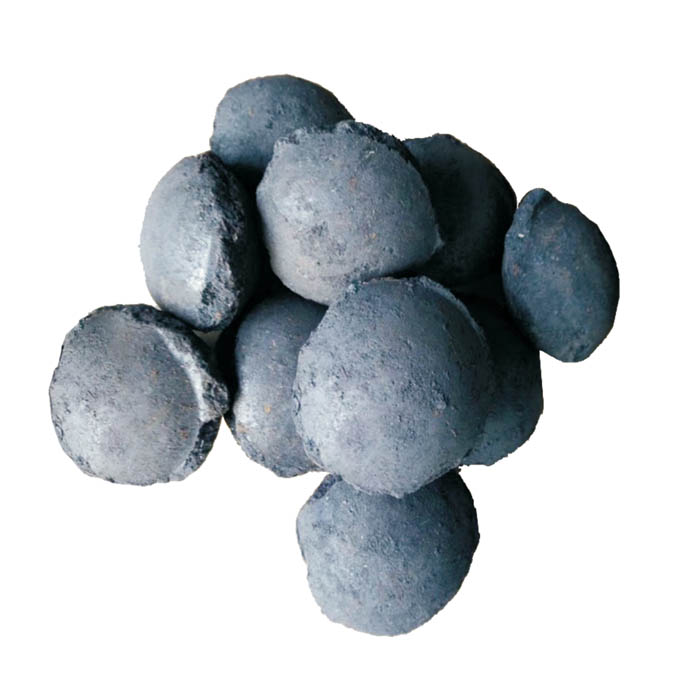Dec . 03, 2024 17:54 Back to list
furnace refractory lining materials manufacturer
Understanding Furnace Refractory Lining Materials A Guide for Manufacturers
In the world of metallurgy and the production industry, the efficiency and longevity of furnaces depend heavily on the materials used in their construction. Among these, refractory lining materials play a crucial role. As the inner layer of a furnace, these materials are designed to withstand extreme heat and protect the structural integrity of the furnace. This article explores the importance of refractory lining materials, their types, and what manufacturers must consider when selecting the right materials for their furnaces.
What Are Refractory Lining Materials?
Refractory lining materials are specially formulated substances used to insulate and protect the interior surfaces of furnaces, kilns, and reactors. They are characterized by their ability to withstand high temperatures—typically above 1,500°C (2,732°F)—without melting or deforming. The prime functions of these materials include thermal insulation, heat retention, and the protection of the furnace shell from molten metal, slag, and other aggressive substances.
Types of Refractory Materials
There are several types of refractory lining materials, each tailored for specific applications
1. Acid-Resistant Refractories These are used in environments where acidic materials are present. Silica and certain clay-based refractories fall into this category. They offer excellent resistance to chemical corrosion along with high-temperature performance.
2. Basic Refractories Typically made from materials like magnesia or dolomite, these are used in environments where basic slags are present. They are known for their thermal stability and ability to resist basic attack.
3. Neutral Refractories Composed of materials such as alumina and chromium oxide, these refractories can withstand both acidic and basic environments, making them versatile for various applications.
4. Insulating Refractories These materials provide thermal insulation while also being lightweight. They are essential for maintaining thermal efficiency in high-temperature operations.
5. Castable Refractories These are pre-mixed materials that can be poured into place, allowing manufacturers to form complex shapes necessary for specific furnace architecture.
furnace refractory lining materials manufacturer

Factors to Consider When Selecting Refractory Materials
Choosing the right refractory lining material requires considering various factors that affect performance and longevity
1. Temperature Resistance The maximum service temperature of the refractory material should be higher than the operating temperature of the furnace to ensure durability.
2. Thermal Conductivity Low thermal conductivity is desirable to minimize heat loss, which enhances energy efficiency.
3. Chemical Compatibility The selected material must be compatible with the materials being processed in the furnace to avoid chemical degradation.
4. Mechanical Strength Refractory materials should possess sufficient strength to withstand mechanical stresses and impacts, especially in operational environments.
5. Installation and Maintenance Ease of installation and maintenance considerations can significantly influence operational downtime and costs.
6. Cost-Effectiveness While high-quality refractory materials may be more expensive, they can provide better performance over time, ultimately reducing the total cost of ownership.
Conclusion
Furnace refractory lining materials are integral to the efficient operation and longevity of industrial furnaces. As manufacturers, choosing the right refractory lining materials involves careful consideration of various factors, including temperature resistance, chemical compatibility, and overall cost-effectiveness. Investing in high-quality refractory materials will not only improve the performance of your furnace but also ensure safe and efficient operations in metal production and other high-temperature industrial applications. Understanding the characteristics of different types of refractory materials and their applications can lead to better decision-making and enhanced productivity in your manufacturing processes.
-
High Purity Graphitized Petroleum Coke & Low Nitrogen Recarburiser
NewsAug.26,2025
-
Fe-C Composite Pellets for BOF: Enhance Efficiency, Lower Steelmaking Costs
NewsAug.25,2025
-
Durable Building Material for Round Wall Exporters | Custom Shapes
NewsAug.24,2025
-
Tundish Dry Vibrator: Boost Steel Casting Performance
NewsAug.23,2025
-
Thermal Insulation Cups Materials Exporters - Quality & Durable Supplies
NewsAug.22,2025
-
High-Purity Graphitized Petroleum Coke & Low Nitrogen Recarburiser
NewsAug.21,2025
